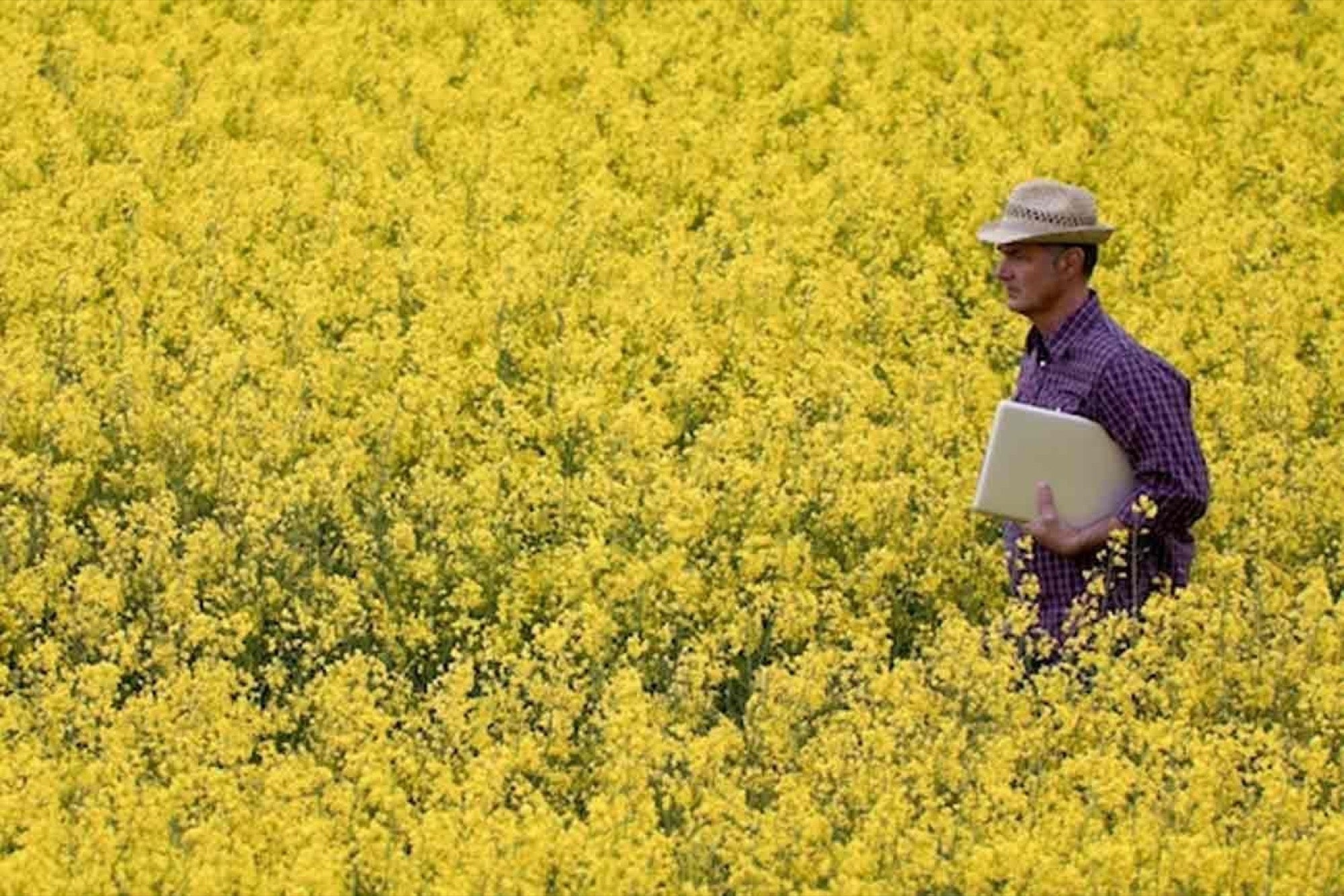Evolution of Commercial Aquaponics in India In this system waste products of farmed fishes will be used to grow plants hydroponically to purify water
By Anubhav Das
Opinions expressed by Entrepreneur contributors are their own.
You're reading Entrepreneur India, an international franchise of Entrepreneur Media.

Change is happening, and it's shaping the new age of farming in the country. The Fourth Industrial Revolution is here with an exponential pace of technology. Digital innovation is making its roots in every industry & sector, and not to forget – agriculture industry – the lifeline of the Indian economy. Agritech, urban farming, farm to table – are some of the buzz words that have been around lately. Change agents have come forward and taken up initiatives to introduce technology & digital devices in farming – to help the farmer keep a track of weather forecasts, plantation & harvesting patterns and to enhance the yield. Initiatives have also been taken up by the government to integrate rural farmers with the wider market and to enhance their access to information, services and trade.
But still, we are left with no answers when questions like these arise – Will farm output keep up with the demands of the growing population? Will farm produce offer the quality that is essential for healthy living? How can we use our scarce & depleting resources efficiently?
What we are missing is the transition in our approach – the transition from traditional to modern farming practices & techniques. Existing farming techniques in India follow the traditional route. The only way we know how to grow food is in open fields and we grow what the weather allows us to. Thus the current agricultural scenario in India is season dependent. Because of that, not everything can grow at a place at all times. The hub of production of a particular crop changes every few months. As a result, the food has to travel an increasing number of miles before it reaches the consumer.
Globally this is changing- How the food is grown, how much time it takes to grow food, what time of the year can the food be grown, it's all changing. Crops are becoming available throughout the year and slashing the food miles for every customer. With the integration of technology in farming, a shift in the way farming is done is being observed. One such shift is being brought about by Aquaponics. It is a method of food production that combines raising fish (aquaculture) with the soil-less growing of plants (hydroponics) by creating a symbiotic ecosystem. Aquaponics works in a re-circulating water system which reduces the water use by over ninety per cent as compared to conventional soil-based agriculture. To add to that, it is a chemical-free mode of farming and also allows the possibility of going vertical with minimal effort.
The Right Information- On the internet we see information and videos talking about how people are saving resources and growing high-quality products with aquaponics, globally. They talk about enhancing "food security', reducing the "food miles' and how one can get fresh produce, all year round. However, in our country, we have very limited people who are doing aquaponics and succeeding. When one wants to learn about aquaponics in India, 99per cent of the case studies are based on international growers. Their systems cannot easily be replicated in India just yet because they are based on inherent assumptions about the availability of resources and infrastructure which does not hold true for our country. So while such farming techniques are spreading rapidly in developed countries, they just beginning to be introduced to developing countries such as India. These technologies are developed in an American or European context need to be adapted to the local context before they can be successful here.
Getting Sustainable Production- Nevertheless, steps are being taken to ensure sustainable production & consumption patterns. Over the last decade, a few growers have started using novel and innovative farming techniques – growing food inside a greenhouse, on the rooftop, in the basement and inside shipping containers. However, most of these growers practice soil-based organic farming and only a selected few have tried their hands on commercial aquaponics. And for these selected few, there is no dearth of growing space options. This is a group of individuals who believe in "ditch the dirt' concept – which is soilless growing of food and without the use of any chemicals/pesticides and contributing to the environment.










